Preview |
PDF (Original Article)
- Requires a PDF viewer such as GSview, Xpdf or Adobe Acrobat Reader
3MB |
Preview |
PDF (Supplementary Information)
- Requires a PDF viewer such as GSview, Xpdf or Adobe Acrobat Reader
129kB |
| Item Type: | Article |
|---|---|
| Title: | Open-source cardiac magnetic resonance fingerprinting |
| Creators Name: | Schuenke, P., Redshaw Kranich, C., Lutz, M., Schattenfroh, J., Anders, M., Reisdorf, P., Schulz-Menger, J., Sack, I., Hamilton, J., Seiberlich, N. and Kolbitsch, C. |
| Abstract: | PURPOSE: Cardiac magnetic resonance fingerprinting (cMRF) is a powerful quantitative imaging technique that provides multi-parametric diagnostic information. Here, we introduce an open-source framework for cardiac MRF including open-source pulse sequences, image reconstruction, and parameter estimation tools that are needed for the processing of the data. METHODS: A 2D cMRF sequence with a variable-density spiral readout is implemented using the open-source and vendor-agnostic sequence format Pulseq. Cardiac triggering is used to synchronize acquisition with the rest period of the heart. T(1) inversion and T(2) preparation pulses are added to ensure accurate parameter estimation. Data acquisition is carried out over 15 heartbeats. The images showing the signal changes over time are reconstructed and matched to a pre-calculated signal dictionary. In addition to the cMRF sequence, spin-echo reference sequences for quality control in phantoms are provided. The method is evaluated in phantom experiments using a T1MES phantom on four different scanners. In vivo experiments were performed to compare the open-source cMRF sequence with a vendor-specific cMRF sequence and clinical sequences used for T(1) and T(2) mapping of the heart. Three volunteers were imaged on two different scanners. RESULTS: The error of T(1) and T(2) over all tissue types present in the T1MES phantom was comparable between all four scanners and on average 4.50 ± 2.48%. T(1) and T(2) maps obtained in vivo were comparable between the open-source and vendor-specific implementation of cMRF. CONCLUSION; The proposed open-source cMRF implementation enables accurate parameter estimation across multiple different scanners. Sequence files, image reconstruction, and parameter estimation scripts are available for reproducible quantitative MRI. |
| Keywords: | MRI, QMRI, Fingerprinting, MRF, Open-Source, Pulseq |
| Source: | Magnetic Resonance Materials in Physics Biology and Medicine |
| ISSN: | 1352-8661 |
| Publisher: | Springer |
| Volume: | 38 |
| Number: | 4 |
| Page Range: | 665-677 |
| Date: | August 2025 |
| Official Publication: | https://doi.org/10.1007/s10334-025-01269-9 |
| PubMed: | View item in PubMed |
| Related to: |
Repository Staff Only: item control page

 Tools
Tools Tools
Tools

